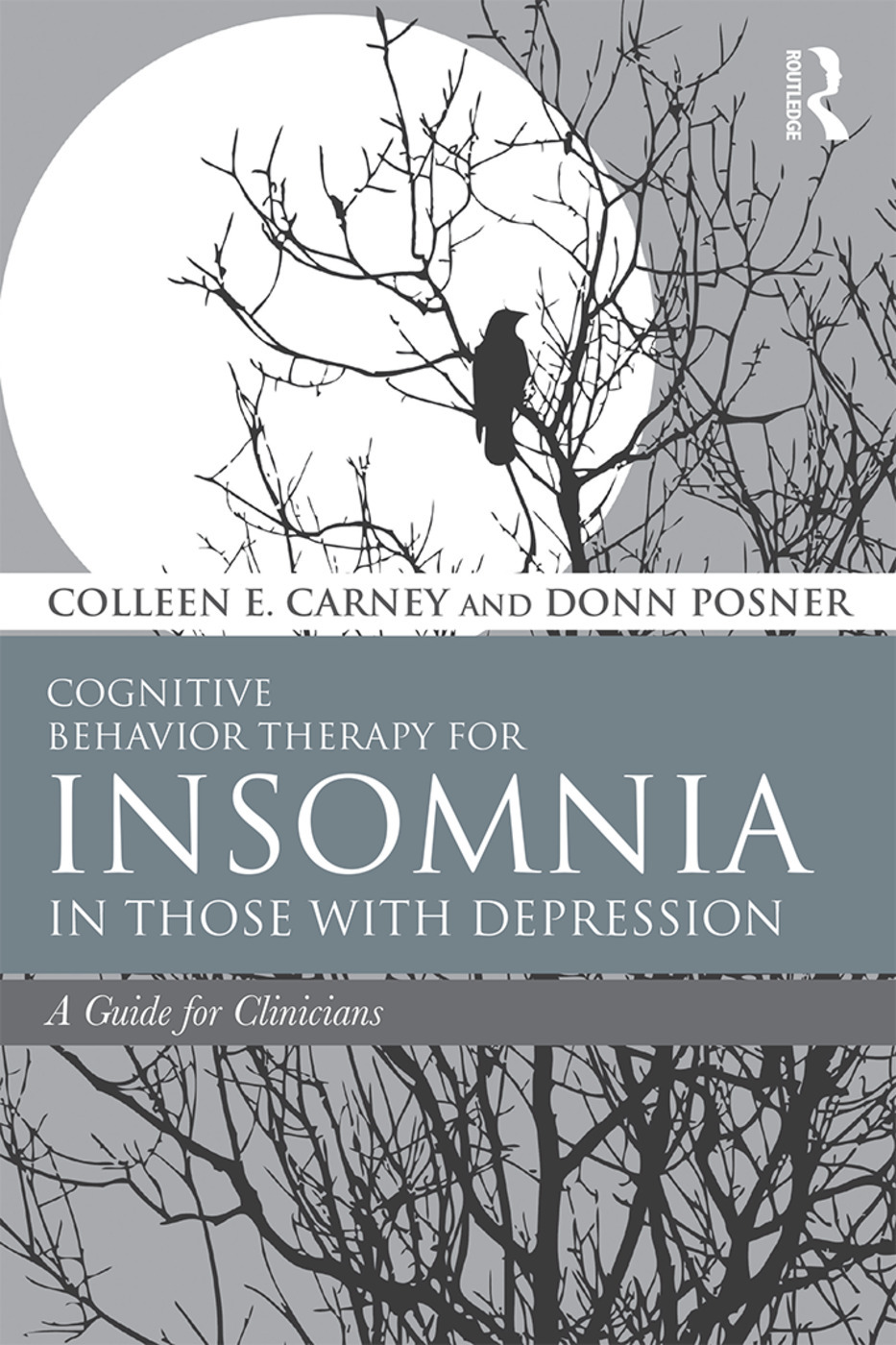This book explores the relationship of sleep with depression and the treatment of insomnia by means of cognitive behavioural therapy (CBT-I). Although aimed at clinicians, the volume’s clear language potentially makes it an interesting read for non-professionals too.
The book highlights the significance of insomnia in depression and the importance of its assessment and management, using cognitive behavioural therapy. There are 10 chapters that systematically and progressively explain the assessment and stepwise treatment of CBT-I. Worksheets and pro formas are provided separately, in 11 appendices, to help the reader understand the concepts and the processes of the treatment.
In the initial chapters, the authors explain the neurobiological basis of sleep. They shed light on the biological and psychological factors that render a person vulnerable to insomnia, and may perpetuate the problem. What might have been rather dense is, in fact, very clear and concise!
A comparison of pharmacological treatments and CBT-I is made later in the book. Though brief, it is sufficient to allow clear distinctions as to the merits and drawbacks of each approach.
The various methods of delivering CBT-I have also been listed, as well as contra-indications for the use of CBT-I. These should help clinicians to identify the right candidates for the treatment in question.
The authors highlight some common barriers and constraints in the therapeutic process that a therapist or client may face, and suggest strategies to counter these. An effective method utilised to illustrate this and other concepts is to frame them as conversations, taking place between therapist and client. They also provide a case study to show the practical application of CBT-I, which is especially useful.
Throughout, an evidence-based approach is employed, with references provided, allowing for further reading to be easily identified, if so wished.
The book is short, and makes for light reading. Those for whom sleep psychotherapy features within their professional repertoire may be few, among ACNR readers. However, ACNR readers who encounter low mood and poor sleep in their practice must be very many. Any of the latter interested in helping their patients, without resorting to pills, might benefit from a look at Carney and Posner’s book.

